Understanding the Invisalign Payment Plan
Investing in a beautiful smile is priceless. However, it’s essential to understand the financial aspect of this investment. The Invisalign payment plan is a flexible, convenient way to pay for your Invisalign treatment. Let’s delve deeper into what this plan entails.
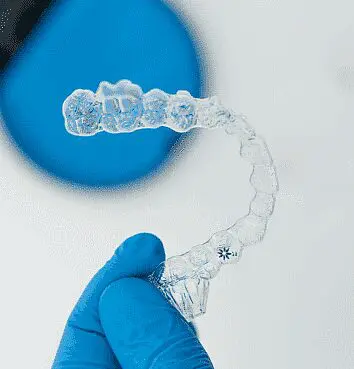
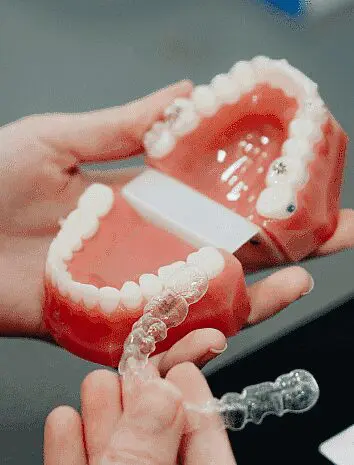

How Does an Invisalign Payment Plan Work?

What is an Invisalign Payment Plan? Do you have Clear Aligner Payment Plans?
An Invisalign payment plan is a financial arrangement offered by dental clinics to help patients afford their Invisalign treatment. It allows patients to pay for their treatment in manageable monthly installments, rather than a single upfront payment.
At Limestone Hills Orthodontics, we offer no interest no credit check payment plans with a downpayment of $1000 for Clear Aligners. The monthly payment afterwards is as low as $129 a month! We also offer zero down third party financing through Carecredit (must qualify).
Benefits of an Invisalign Payment Plan


Things to Consider When Choosing a Payment Plan
Importance of Affordable Payment Options for Orthodontic Treatment
Orthodontic treatment is an essential part of dental health care. However, the cost of these treatments can often be a significant barrier for many individuals and families. This guide will explore the importance of affordable payment options for orthodontic treatment, and how they can make a difference in the lives of patients.
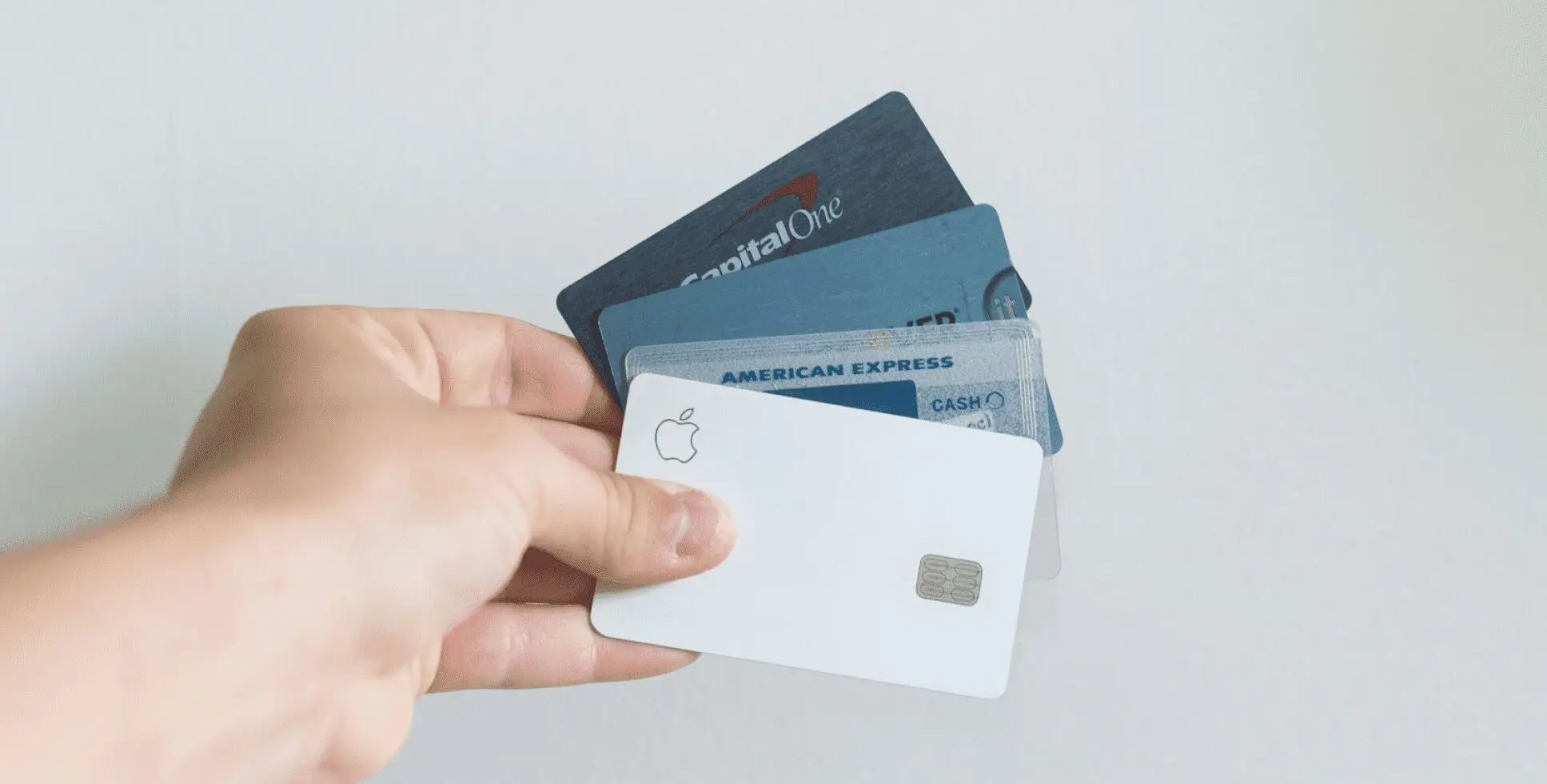
Understanding the Cost of Orthodontic Treatment
Orthodontic treatments, such as braces or aligners, are often perceived as expensive. The cost can vary depending on the complexity of the case, the type of treatment, and the duration of the treatment. Without insurance or a suitable payment plan, these costs can be overwhelming for many patients.
Why Affordable Payment Options Matter
Affordable payment options can make orthodontic treatment accessible to a wider range of patients. They allow patients to spread the cost of treatment over a period of time, making it more manageable. This can significantly reduce financial stress and allow patients to focus on their treatment and recovery.
Benefits of Affordable Payment Options
What to Look for in a Payment Plan
When considering a payment plan for orthodontic treatment, it’s important to understand the terms and conditions. Look for a plan that offers flexibility, low or no interest rates, and a payment schedule that fits your budget.
Key Features of a Good Payment Plan


Cost of Invisalign Treatment
Average Cost of Invisalign Treatment
When it comes to improving your smile, Invisalign is a popular choice. However, before you decide to go for this treatment, it’s important to understand the costs involved. The average cost of Invisalign treatment varies depending on a number of factors. Let’s delve into this topic in more detail.
Factors Influencing the Cost of Invisalign
The cost of Invisalign treatment is not the same for everyone. It depends on several factors, including:
The Complexity of Your Case
The more complex your dental issues, the more you can expect to pay for Invisalign. For instance, minor spacing or crowding issues will likely cost less to treat than severe overbites or underbites.
The Duration of Your Treatment
The length of your treatment also plays a role in the overall cost. Generally, the longer the treatment period, the higher the cost. This is because longer treatments require more aligner trays.
Your Geographical Location
The cost of living in your area can also affect the cost of Invisalign. For example, treatment may be more expensive in urban areas compared to rural areas.
The Experience of Your Orthodontist
Orthodontists with more experience and a good reputation may charge more for their services. However, their expertise can ensure a smoother and more effective treatment process.
Average Cost of Invisalign
On average, the cost of Invisalign treatment ranges from $3,000 to $7,000. However, some cases may cost as much as $8,000 or more. It’s important to discuss the cost with your orthodontist during your consultation.
Insurance and Financing Options
Many dental insurance plans cover a portion of orthodontic treatment, including Invisalign. Check with your insurance provider to see what your plan covers. Additionally, many orthodontists offer financing options to help make the treatment more affordable.
Invisalign Payment Options
Understanding the Need for Flexible Payment Options
Investing in your dental health is crucial, and Invisalign is a popular choice for those seeking to improve their smiles. However, the cost can be a barrier for many. That’s why flexible payment options are essential. They allow you to manage your budget effectively while still achieving the smile of your dreams.
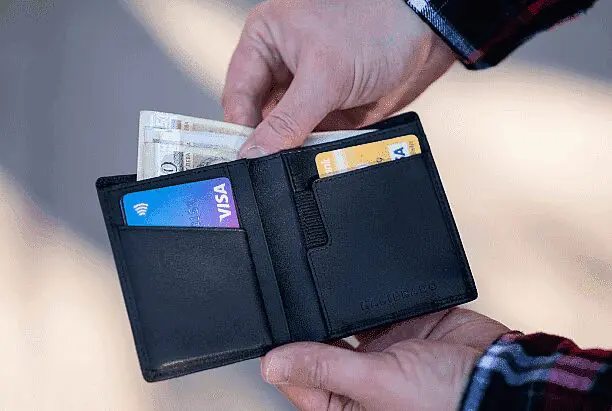
Monthly Payment Plans for Invisalign
Monthly payment plans are a popular choice for many patients. They allow you to spread the cost of your Invisalign treatment over a set period, making it more manageable and less of a financial burden.
Health Savings Accounts and Tax-Free Funding Options
Health Savings Accounts (HSAs) and Flexible Spending Accounts (FSAs) are tax-advantaged accounts that you can use to pay for eligible medical expenses, including Invisalign.
Dental Insurance Coverage

Overview of Dental Insurance Coverage for Invisalign
When it comes to orthodontic treatment, Invisalign is a popular choice for many due to its convenience and aesthetic appeal. However, understanding the insurance coverage for this treatment can be a bit tricky. This guide will help you navigate through the complexities of dental insurance plans and their coverage for Invisalign.
Understanding What Dental Insurance Plans May Cover
Dental insurance plans vary widely in terms of what they cover. Some plans may cover a portion of the cost of Invisalign, while others may not cover it at all. It’s important to understand the specifics of your plan to determine what kind of coverage you can expect.
Many dental insurance plans include coverage for orthodontic treatment. This typically includes braces, but it can also include Invisalign. If your plan includes orthodontic coverage, it may cover a percentage of the cost of Invisalign up to a certain limit.
Some insurance plans have a lifetime maximum for orthodontic treatment. This is the maximum amount the insurance company will pay for orthodontic treatment over the life of the plan. If your plan has a lifetime maximum, it’s important to factor this into your decision about Invisalign treatment.
Invisalign Insurance Options and Limitations
While some insurance plans may offer coverage for Invisalign, there are often limitations and restrictions. Here are some common ones to be aware of.
Some insurance plans only cover orthodontic treatment for individuals under a certain age. If you’re considering Invisalign and you’re over this age limit, you may need to pay for the treatment out of pocket.
Some insurance plans require pre-approval before they will cover Invisalign treatment. This means you’ll need to submit a treatment plan to your insurance company for approval before you start treatment.
Some insurance plans may only cover certain types of orthodontic treatment. For example, they may cover traditional braces but not Invisalign. It’s important to check with your insurance company to find out what types of treatment are covered under your plan.
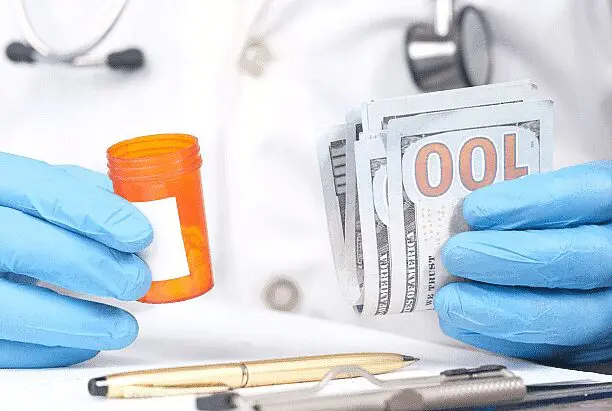
Financing Invisalign Treatment
Exploring Financing Options for Invisalign
Investing in Invisalign can significantly improve your oral health and boost your confidence. However, the cost of this treatment can be a hurdle for many. Fortunately, there are several financing options available that can make Invisalign more affordable. This guide will explore these options, their benefits, and how you can take advantage of them.
Availability of Funding Options and Payment Plans
Benefits of Interest-Free or Low-Interest Financing
In conclusion, there are several financing options available that can make Invisalign more affordable. It’s important to explore these options and choose the one that best fits your financial situation. Remember, investing in your oral health is always a wise decision.
Affordability and Long-Term Benefits
Evaluating the Affordability of Invisalign Treatment
When considering orthodontic treatment, one of the key factors that come into play is cost. Invisalign, a popular choice for teeth straightening, is often perceived as a more expensive option. However, it’s important to evaluate the affordability of Invisalign treatment in a comprehensive manner.
The cost of Invisalign treatment varies depending on several factors. These include the complexity of your case, the duration of your treatment, and the specific provider you choose. Generally, the cost can range from $3,000 to $7,000. Some dental insurance plans may cover a portion of the cost, making it more affordable.
Many dental practices offer financing options for Invisalign treatment. This can include monthly payment plans, which can make the cost more manageable. Additionally, Flexible Spending Accounts (FSAs) or Health Savings Accounts (HSAs) can be used to pay for Invisalign, further enhancing its affordability.
Long-term Benefits of Investing in Invisalign
While the upfront cost of Invisalign might seem high, it’s important to consider the long-term benefits of this investment.
Firstly, straighter teeth are easier to clean, reducing the risk of cavities and gum disease. This can save you money on dental treatments in the long run.
Secondly, a straighter smile can boost your self-esteem and confidence. This can have positive effects on your social, personal, and professional life.
Lastly, unlike traditional braces, Invisalign aligners are removable and virtually invisible. This means you can eat, brush, and floss normally, making the treatment process more comfortable and convenient.
Comparing the Cost of Invisalign with Other Orthodontic Treatments
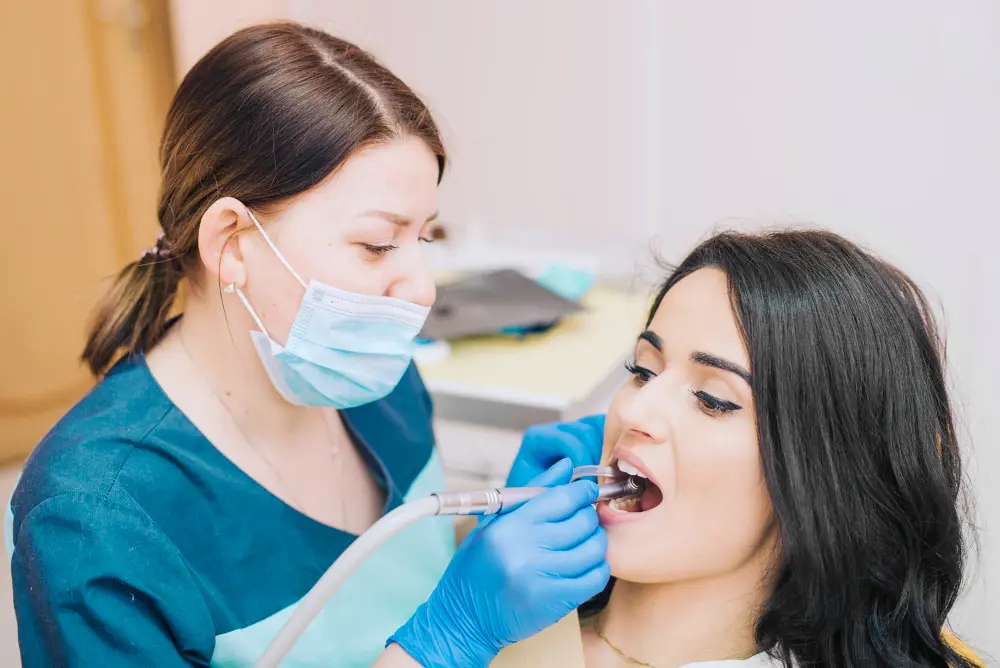
When evaluating the cost of Invisalign, it’s helpful to compare it with the cost of other orthodontic treatments.
Traditional Braces
Traditional braces typically cost between $2,500 and $6,000. While they might seem cheaper upfront, remember to factor in the cost of additional appointments for adjustments, potential repairs, and the discomfort associated with metal brackets and wires.
Ceramic Braces
Ceramic braces, which are less noticeable than metal braces, can cost between $4,000 and $8,000. They offer aesthetic benefits similar to Invisalign but lack the same level of comfort and convenience.
Lingual Braces
Lingual braces, which are placed behind the teeth, can range from $5,000 to $13,000. While they are the most invisible form of braces, they can be uncomfortable and difficult to clean.
In conclusion, while Invisalign might have a higher upfront cost, its long-term benefits and comparable cost to other treatments make it a worthwhile investment for many people.
